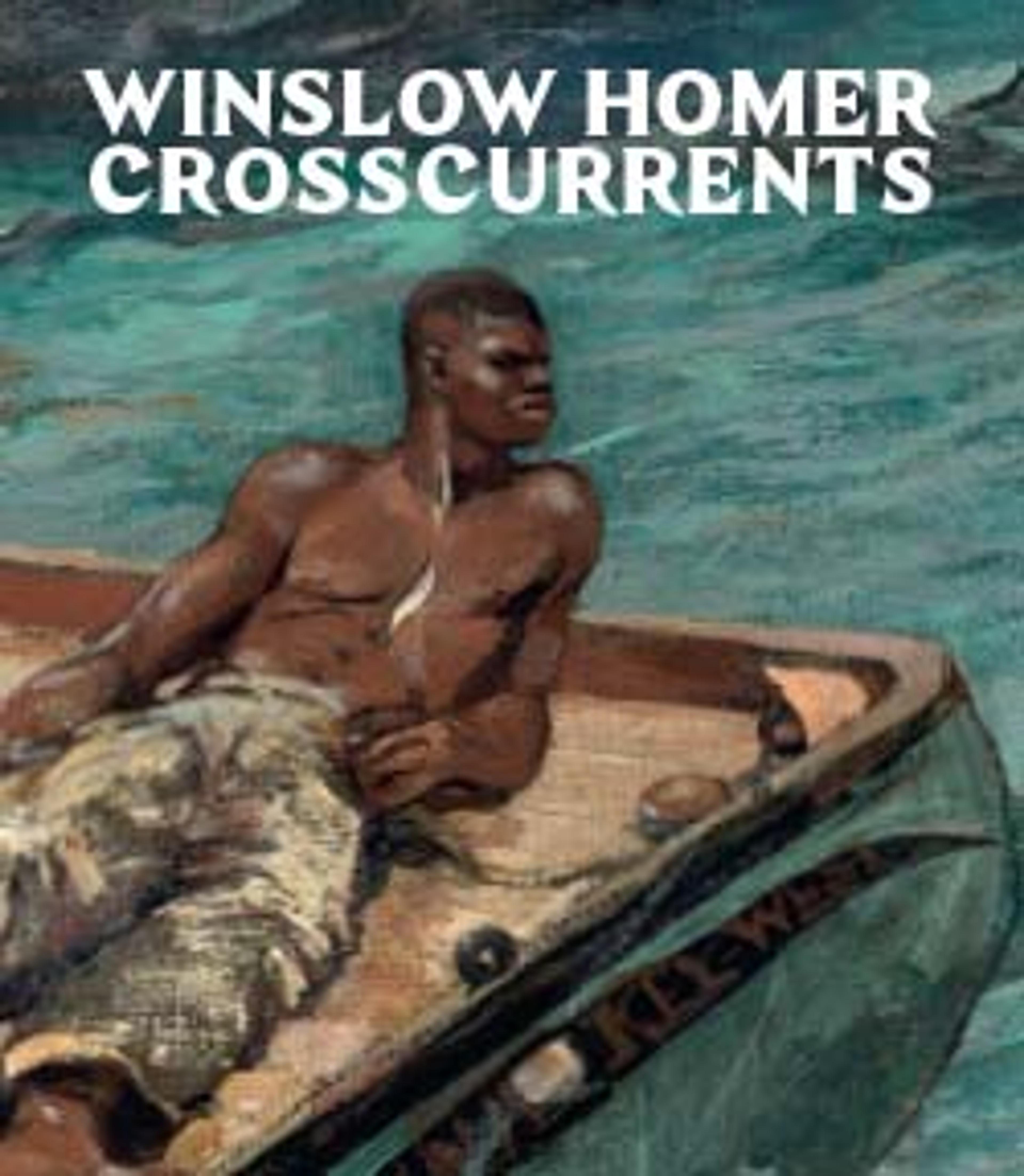Shore and Surf, Nassau
On Homer’s second trip to the Bahamas, in the winter of 1898–99, he demonstrated a growing interest in tropical weather, notably storms and hurricanes. As in Palm Tree, Nassau (The Metropolitan Museum of Art, 10.228.6), the artist here envisions a tempest building on the horizon of a richly textured seascape, accentuating the bright passage of foam-flecked azure surf with darker zones of shore and sky. A red pennant is visible at far left, behind a white coral lighthouse. This specialty hurricane flag replaced the Union Jack in times of inclement weather, alerting passing ships of rough seas. Through this subtle detail, Homer draws attention to the distant steamer’s vulnerability in open water.
Artwork Details
- Title:Shore and Surf, Nassau
- Artist:Winslow Homer (American, Boston, Massachusetts 1836–1910 Prouts Neck, Maine)
- Date:1899
- Culture:American
- Medium:Watercolor and graphite on off-white wove paper
- Dimensions:14 15/16 x 21 3/8 in. (37.9 x 54.3 cm)
Framed: 24 1/2 x 30 1/2 in. (62.2 x 77.5 cm) - Credit Line:Amelia B. Lazarus Fund, 1910
- Object Number:10.228.5
- Curatorial Department: The American Wing
More Artwork
Research Resources
The Met provides unparalleled resources for research and welcomes an international community of students and scholars. The Met's Open Access API is where creators and researchers can connect to the The Met collection. Open Access data and public domain images are available for unrestricted commercial and noncommercial use without permission or fee.
To request images under copyright and other restrictions, please use this Image Request form.
Feedback
We continue to research and examine historical and cultural context for objects in The Met collection. If you have comments or questions about this object record, please contact us using the form below. The Museum looks forward to receiving your comments.
